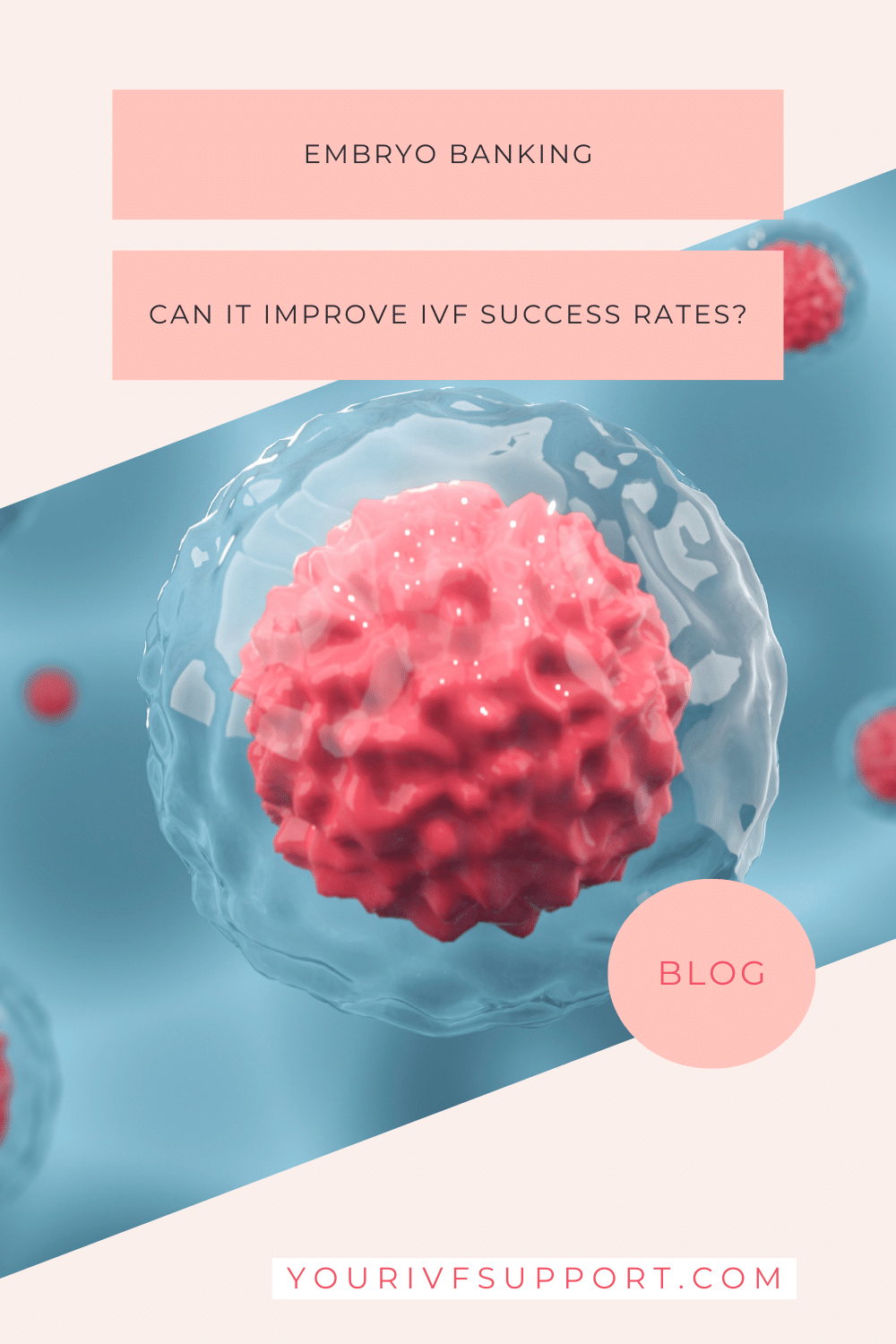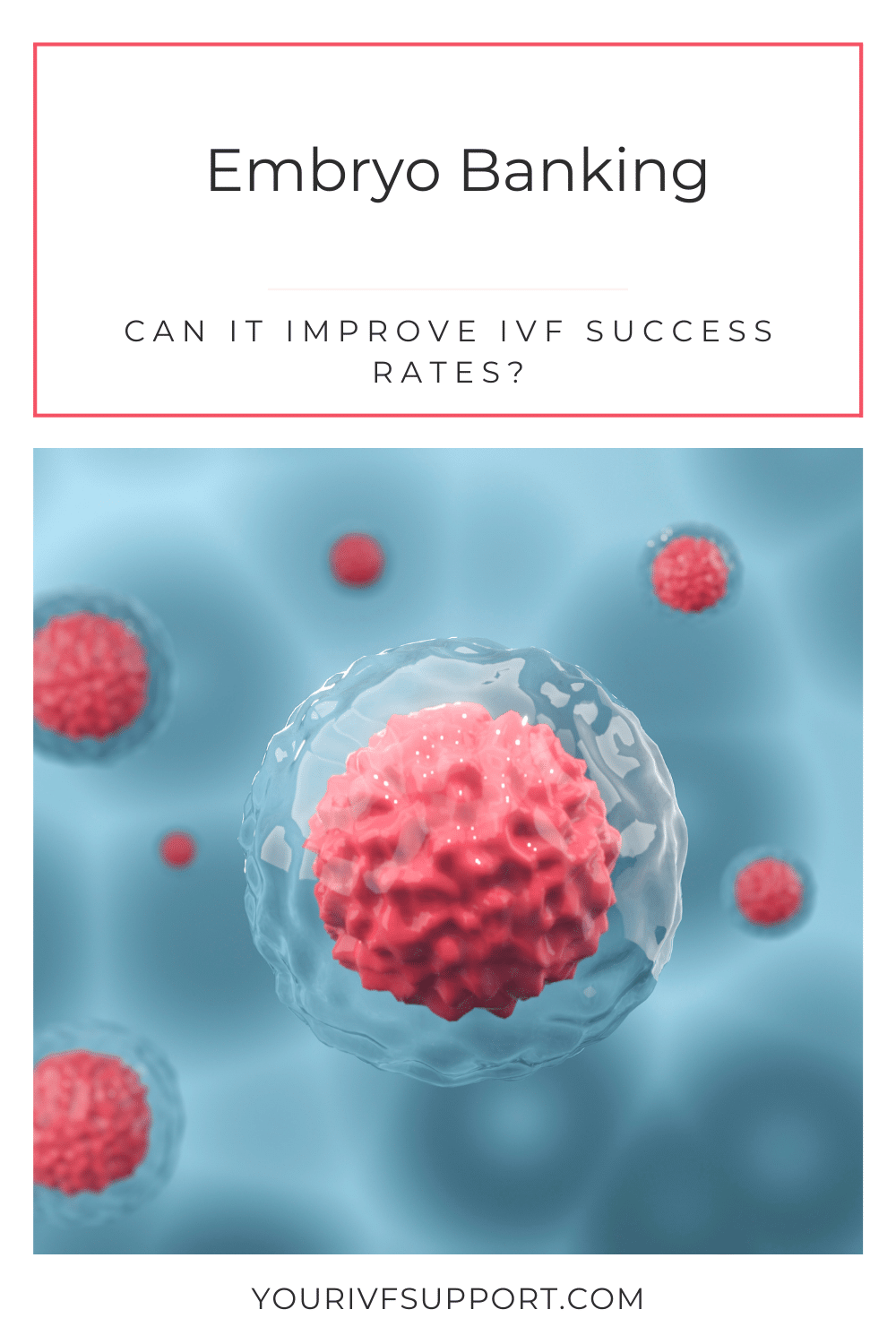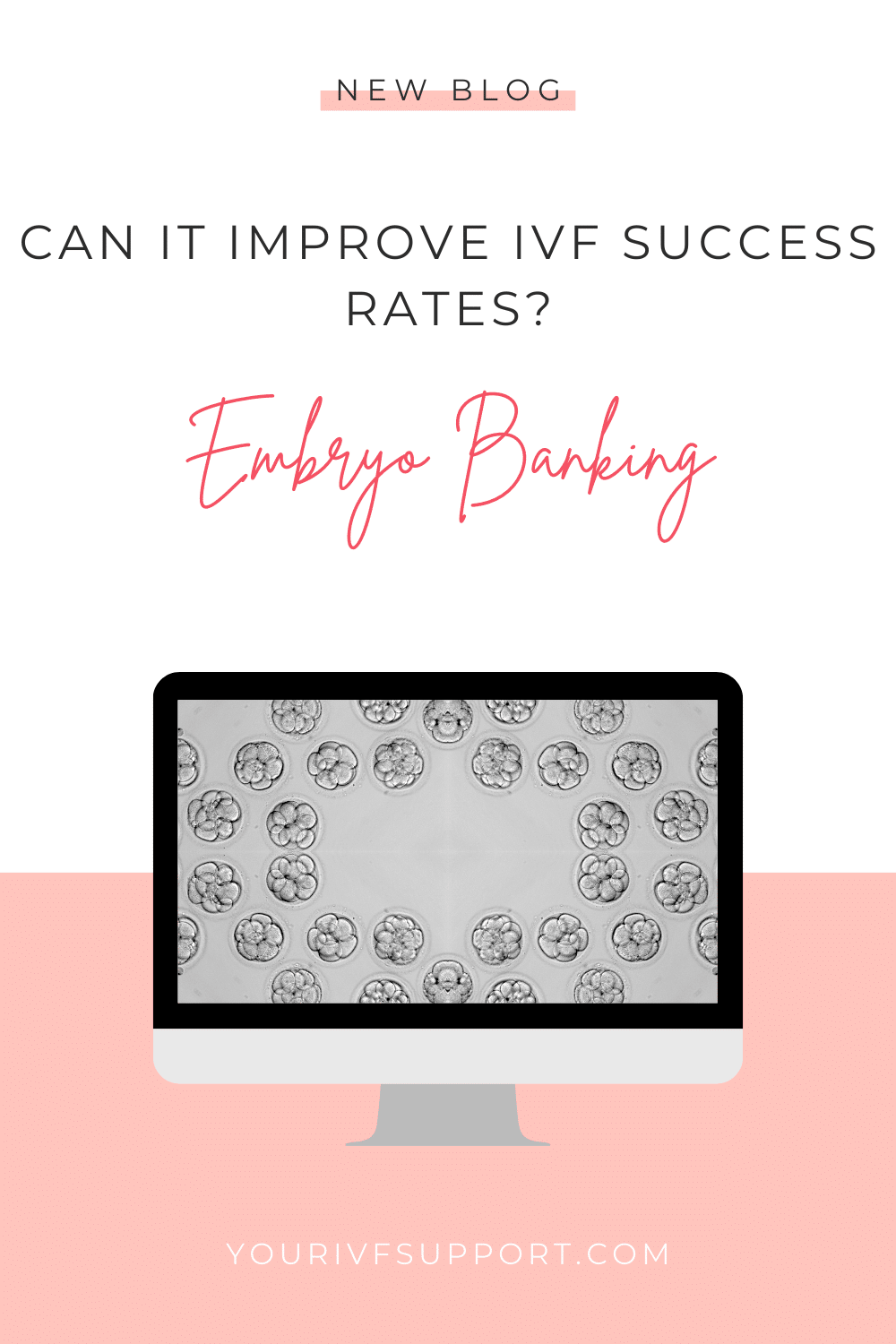We all know the effects of our genes - are we short or tall, do we have brown or green eyes, do we find maths easy or learn a new language? In addition to complex environmental factors, the development of our offspring is also controlled by genetic principles. However, recent research has also highlighted the influence of so-called epigenetics (ancient Greek ἐπί, epi "in addition, besides") on whether an embryo develops normally and how the new life will continue.
Pregnant despite declining fertility?
You should know that fertility starts to decline in your early 30s and continues to do so with each passing year of your life. For example, while a healthy woman aged 25 has about a 25 per cent chance of getting pregnant each month, a 30-year-old has only about a 20 per cent chance of getting pregnant each cycle. From the end of the 30s, fertility changes again. At the beginning of the fourth decade of life, only about 10 to 12 percent of all cases are statistically pregnant. After that, the chances of success decrease rapidly, so that only about 5 to 8 percent of women who want to become pregnant actually do. Women over the age of 40 face several challenges. In addition to the decline in fertility, there is the problem of the approaching menopause, with its fluctuating hormone levels and chromosomal defects in the embryos. The chances of getting pregnant after the age of 40 are therefore no longer optimal. For women over the age of 40, methods such as IVF and embryo banking are promising options for trying to have a baby.
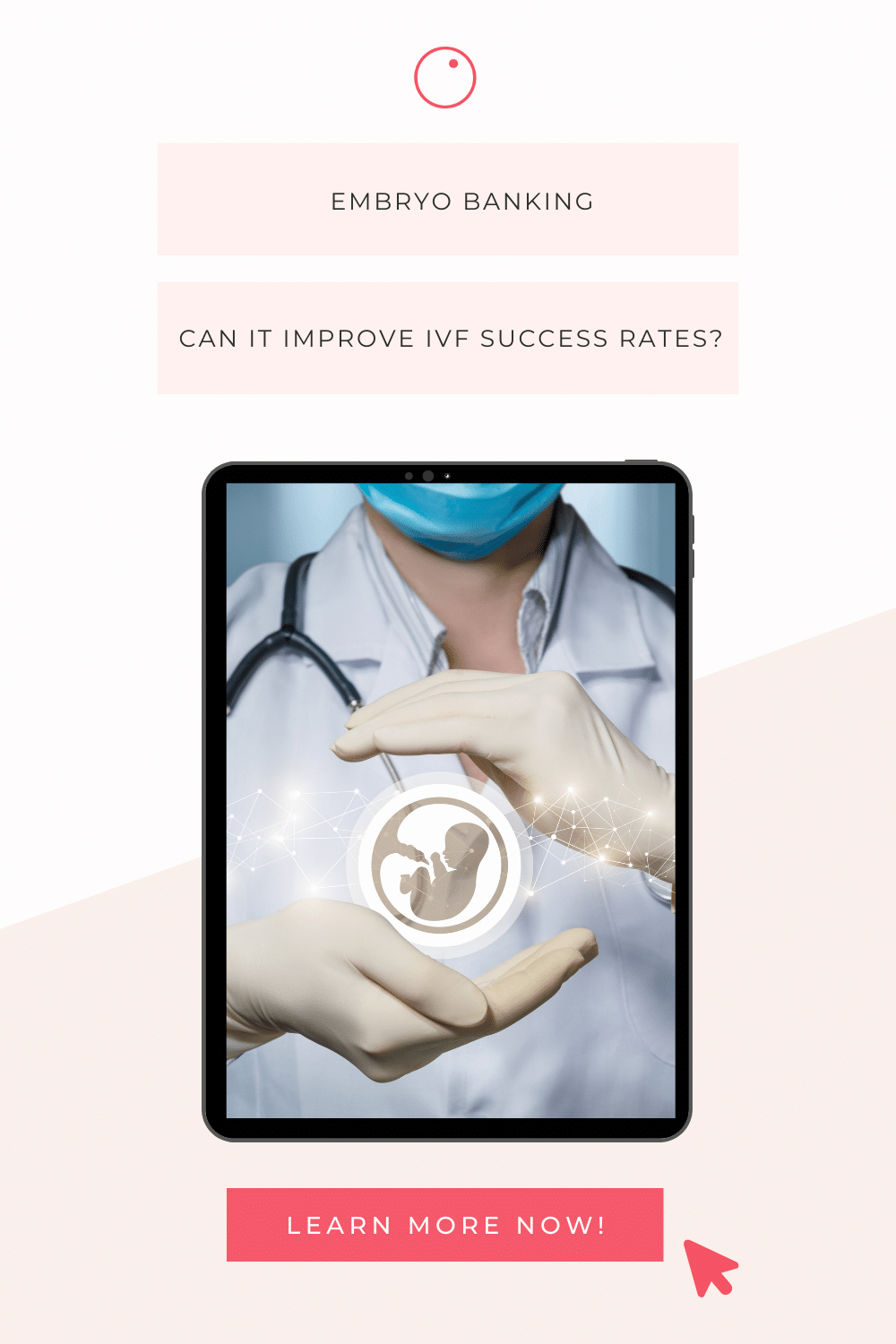
What are the causes of infertility?
From a medical point of view, infertility is thought to be caused by a number of factors, both egg-related and egg-independent. In general, it is thought that your fertility depends on the presence and quality of your eggs, as well as your general health. A busy, stressful lifestyle and various illnesses can affect your fertility. Conditions that are thought to reduce fertility include cardiovascular disease, abdominal disease, metabolic disorders such as hyperthyroidism, hypothyroidism and diabetes mellitus.
In addition, surgery and radiotherapy or chemotherapy can have a negative effect on your fertility. Egg-related factors that prevent pregnancy are an insufficient number of eggs and poor egg quality. While you had about a million eggs when you were born, you will only have about half that number when you start menstruating. This natural reserve of eggs that every woman has is gradually depleted over the years. Age not only affects the number of eggs you have, but also their quality. For example, chromosomal abnormalities and spontaneous miscarriages are more common in older women. Even among women who have undergone IVF, the rate of live births decreases with age. From the age of 45, the average chance of becoming pregnant is only one per cent.
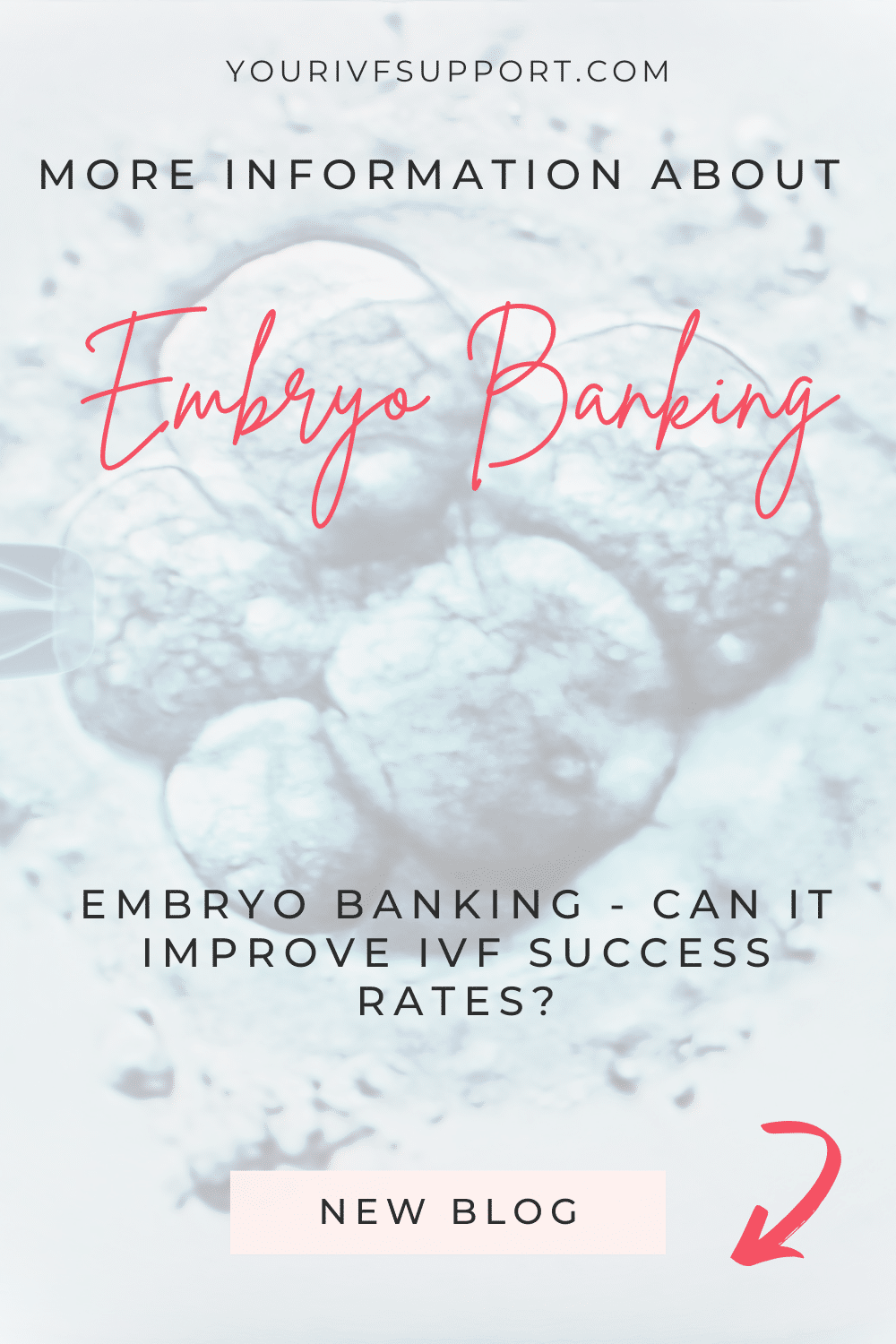
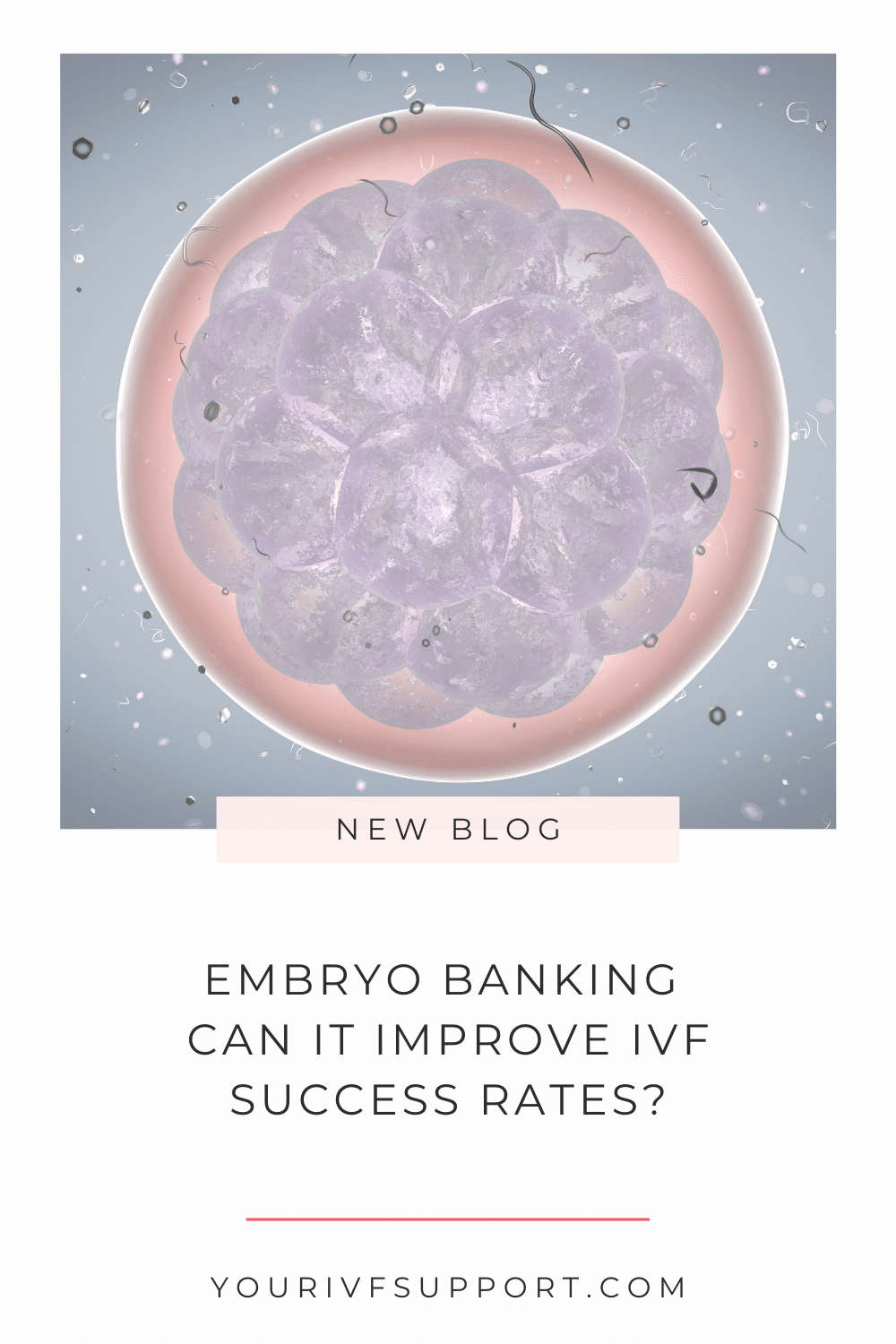
The procedure is designed to increase the likelihood of a wanted pregnancy.
Embryo banking is a method that has been developed to enable women to have a pregnancy when their ovarian reserves are depleted. However, the point at which the number of eggs falls to a level too low for a successful pregnancy varies from woman to woman. Natural reserves decrease with each menstrual cycle. As the number of follicles (the sac-like sacs in the ovary where the egg matures) also decreases after the age of 35, the chances of a healthy, viable pregnancy decrease. Like all other cells in the body, eggs age. Aging eggs can be an obstacle when trying to get pregnant. Mitochondrial dysfunction, caused by stress, poor lifestyle (high nicotine or alcohol consumption), has a negative effect on the development and energy supply of cells. All these factors can affect your ability to get pregnant and have a healthy baby. However, the quality and quantity of your eggs is crucial for pregnancy. Most women over the age of 40 no longer have the conditions necessary to conceive. Embryo banking is recommended to improve IVF success in the over 40s.
"The most important aspect is that the embryos can be stored for an unlimited period of time."
Embryo transfer later if needed
With embryo banking, a series of IVF cycles are carried out first. Embryo transfer is only planned at the end of the last cycle. This gives you the option of having IVF treatment first, where your eggs are retrieved and fertilised with your partner's sperm. The resulting embryos can then be frozen. In a second cycle, the process is repeated to obtain more embryos. With the embryo banking method, up to 2 or 3 eggs can be retrieved in several consecutive cycles. The treatment is repeated until the desired number of embryos is obtained. When the ideal number of embryos is available, they are incubated to the blastocyst stage. Those that have reached this stage are then transferred into the uterus. Ideally, this will lead to a pregnancy. It is also possible to test the retrieved eggs for possible chromosomal damage using a pre-implantation genetic screening (PGT-A) procedure. After PGT-A, the healthy embryos that have complete sets of chromosomes in their cells are specifically selected for embryo transfer. This procedure increases the number of embryos that can be transferred. The pre-implantation screening carried out at the same time can ensure that there are no chromosomal problems in the embryos to be transferred.
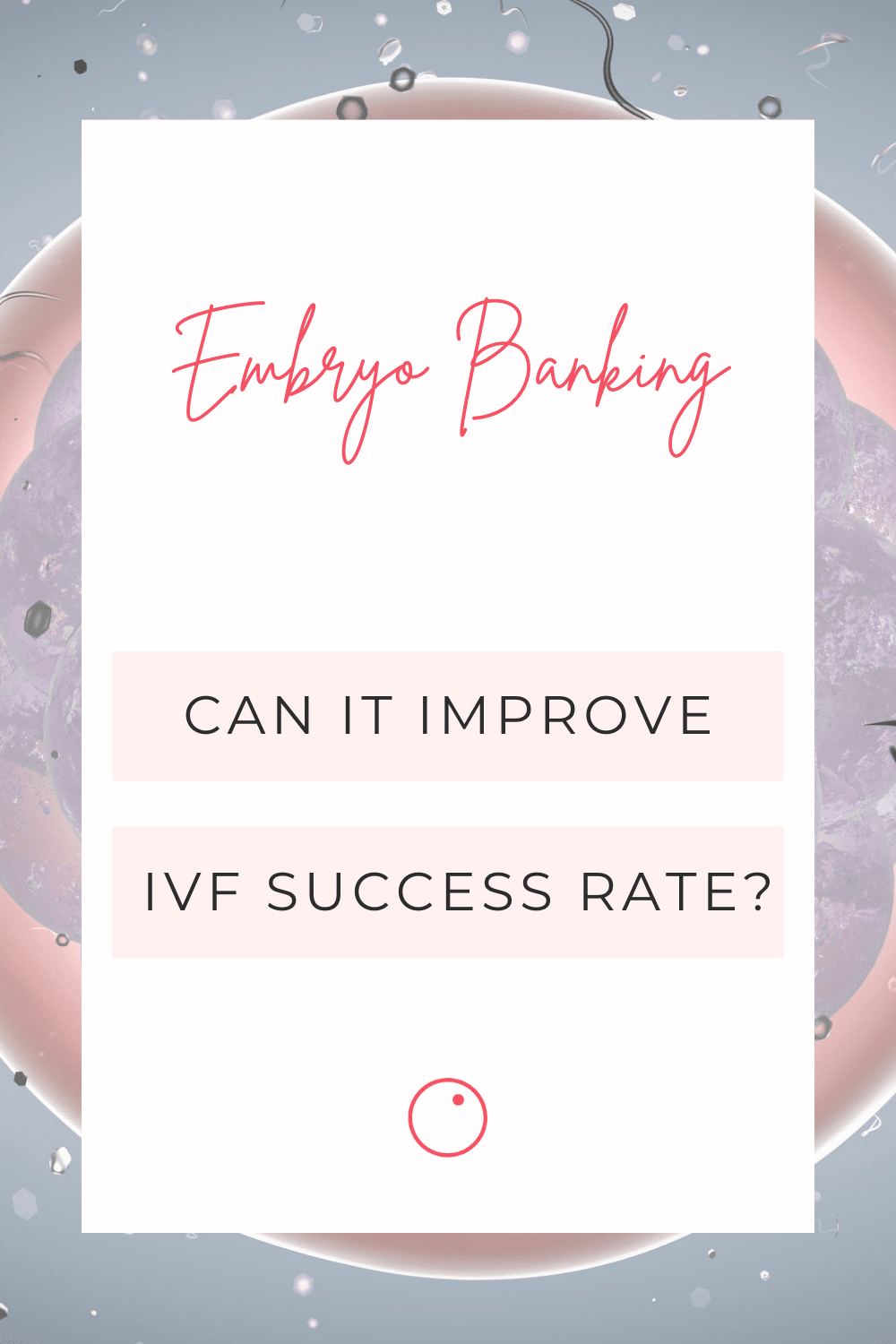
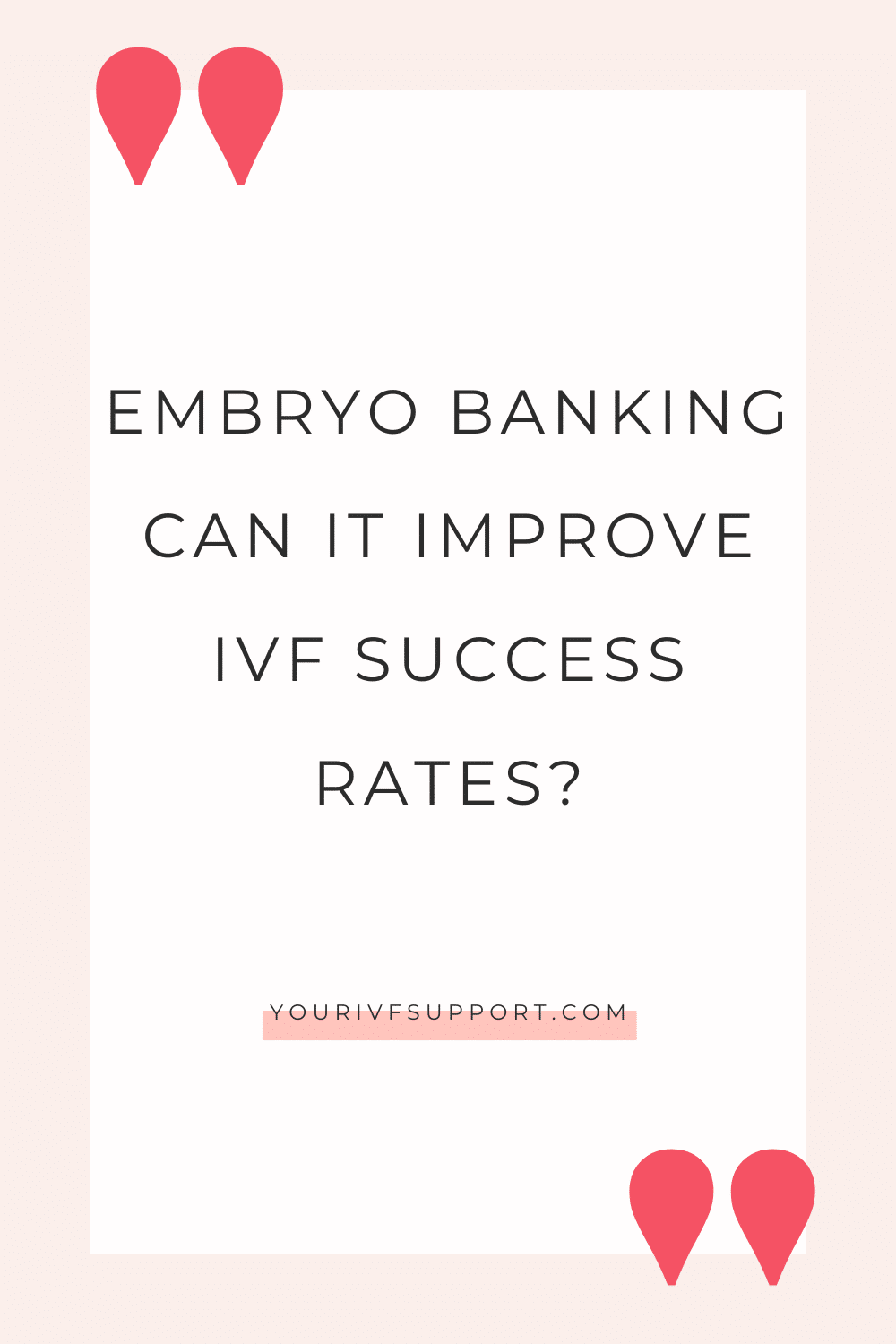
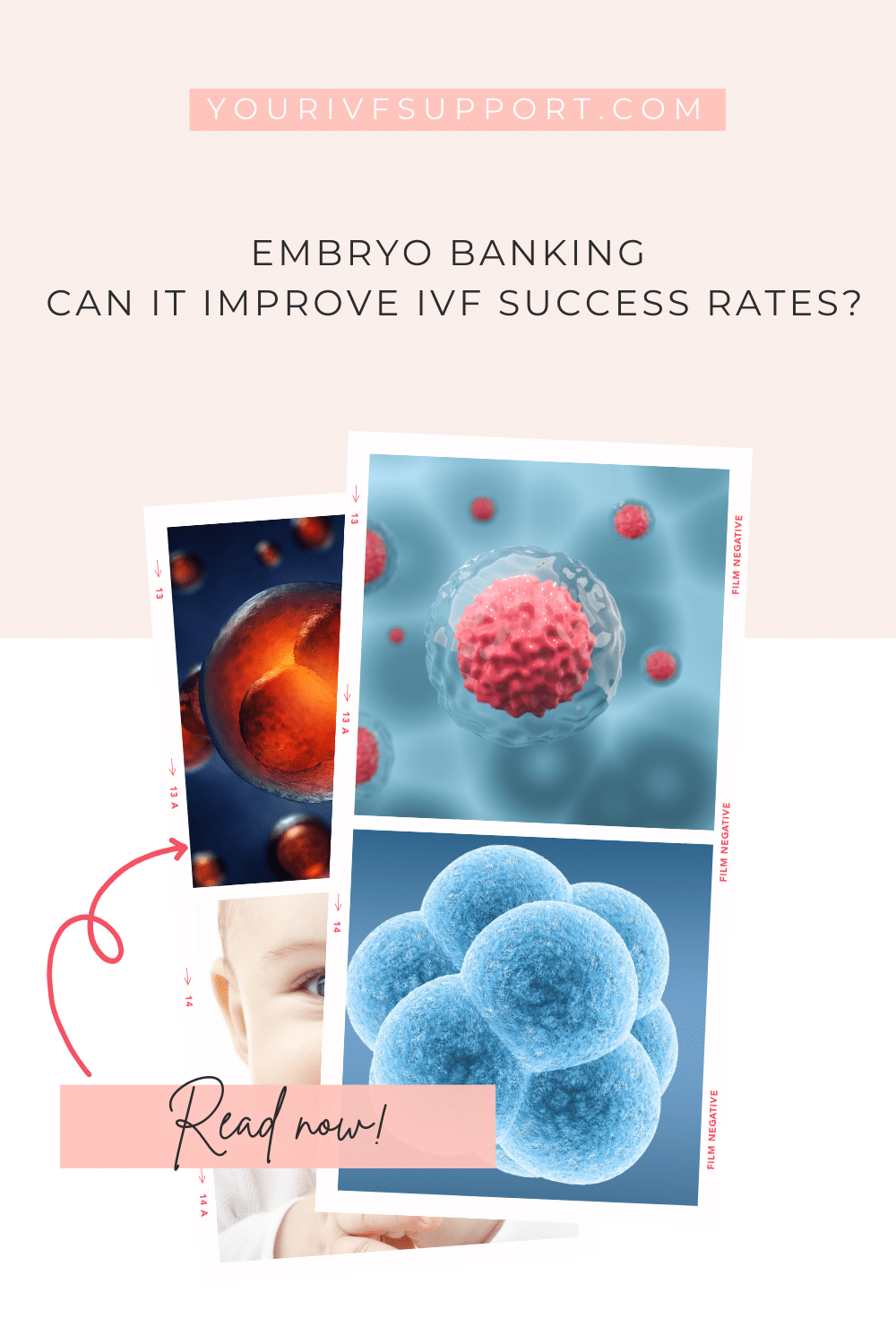
Is embryo banking a technique with a future?
The term embryo banking comes from English and is best described as an embryo bank. An embryo bank is a place where embryos are stored. They are stored there for preservation after being vitrified in an IVF laboratory. Not every clinic has an embryo bank, but it is essential. Embryo banks allow surplus embryos of good quality to be cryopreserved. These 'reserve embryos' can then be used in further attempts if you do not become pregnant after the first transfer. It is expected that embryo banking will become even more important in the future, as it will allow you to expand your family at any time in the future and complete your personal reproductive project when you need to. In addition, embryo banking also makes it possible to store embryos that have been biopsied while waiting for pre-implantation genetic diagnosis (PGD). The most important aspect of embryo banking is that there is no time limit. There are often reasons for delaying embryo transfer. These may include an elevated progesterone level prior to the transfer, the risk of ovarian hyperstimulation syndrome or postponing the transfer for personal reasons. In these cases, embryo banking is the only way to preserve the embryos. So far, this method is only used in a few institutes.
In Northern Cyprus, an island republic in the eastern Mediterranean, there are very modern IVF clinics. The IVF centres there use the latest technology and achieve high success rates at attractive prices.
Embryo banking is considered a particularly effective form of fertility preservation and could also be a chance for women who have undergone radiotherapy or chemotherapy to have a healthy child.
